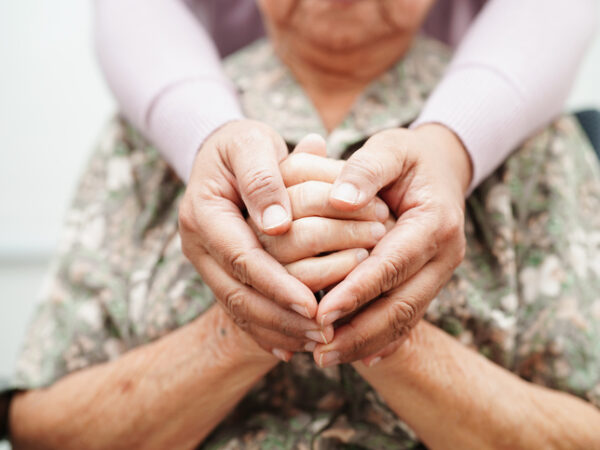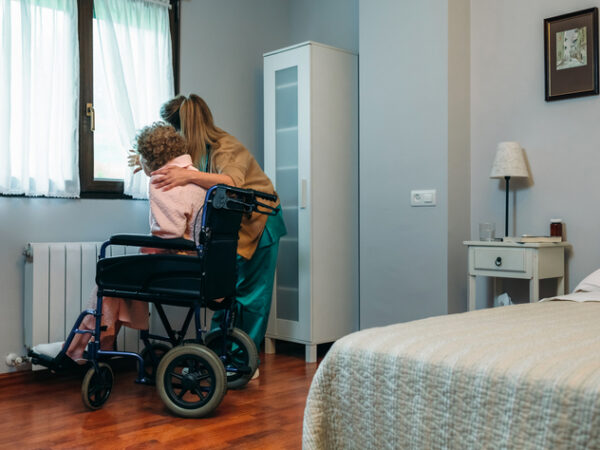Are you a distance caregiver for an elderly family member? If you live more than 100 miles away from an aging parent or other loved one you help care for, you are considered a distance caregiver and new research is looking at innovative ways families can stay connected and informed about important health issues with services like video conferencing of medical appointments.
By helping adult children participate remotely in the care of a parent or other older family member, some of the stress, cost and time associated with traveling and arranging for care can be reduced. Instead of trying to play catch-up, gathering information after an appointment, caregivers who can be in the room virtually are better informed, able to ask questions on the spot and care teams can work more efficiently together.
Funded by the National Institute of Nursing Research, the Frances Payne Bolton School of Nursing is conducting research to determine if technology, such as video conferencing, can help distance caregivers lighten their financial and time burdens while improving communication between medical practitioners, support workers and families.
According to a recent New York Times report, as many as seven million Americans qualify as distance caregivers and juggling distance, finances, family and work responsibilities can increase stress and anxiety. It’s important for distant caregivers to work with other family members to share responsibilities, make time for self-care, coordinate calendars and when necessary, get additional help. A shared Google calendar or apps like CareZone or CaringBridge can make it easier to delegate tasks and share important contacts and insurance information, medication lists or medical files in one common location.
You can also access The Oldish Toolkit when you register free of charge on our website. The toolkit include shareable home safety checklists and videos, medication checklists, a library to save articles and recommended documents to download.






Add Your Voice
0 Comments
Join the Discussion